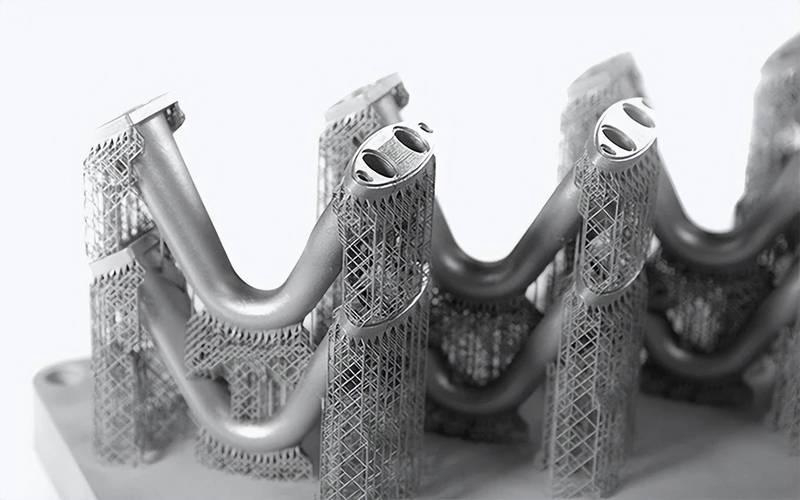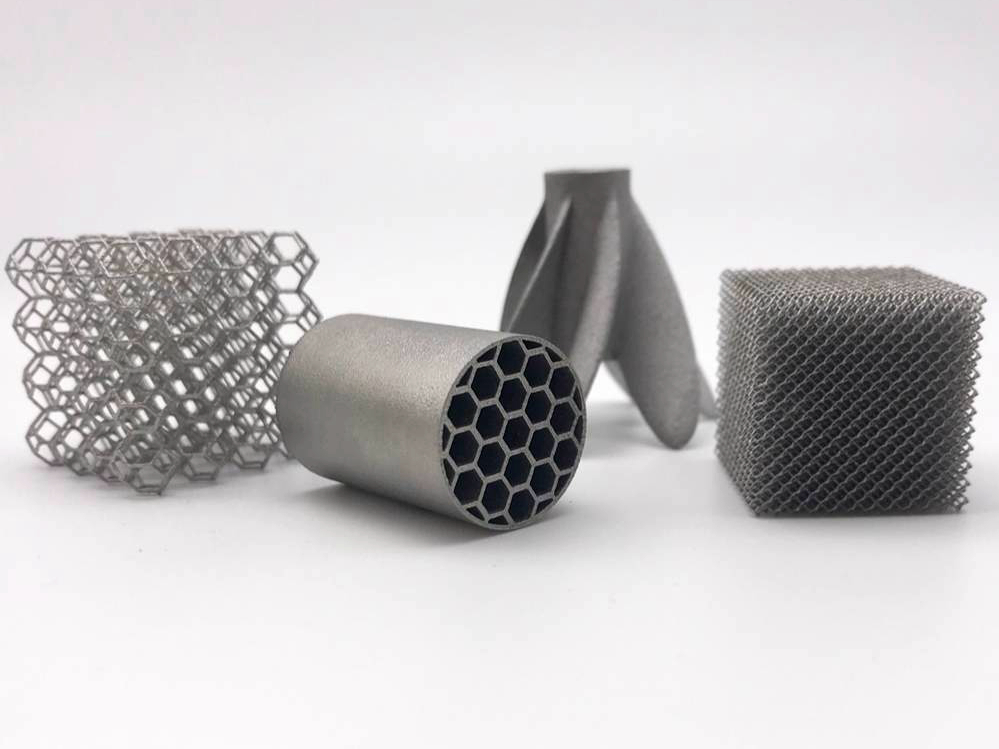How does heat treatment affect the dimensional stability of 3D printed parts?
How Does Heat Treatment Affect the Dimensional Stability of 3D Printed Parts?
Overview
3D printed metal parts—especially those manufactured via SLM, DMLS, or EBM—accumulate internal residual stress due to rapid localized heating and cooling. These stresses can cause distortion, shrinkage, or warping during or after printing. Heat treatment directly improves dimensional stability by relieving stress, homogenizing the microstructure, and minimizing deformation risks during downstream processing.
Key Heat Treatment Effects on Dimensional Stability
1. Residual Stress Relief
Stress relief annealing at moderate temperatures reduces tensile stress concentrations that would otherwise cause dimensional changes during machining, cutting, or long-term use.
Ti-6Al-4V: Stress relief at 600–650°C stabilizes precision aerospace and medical parts
Tool Steel 1.2709: Maintains tight tolerances after aging treatment at 490°C
2. Phase Transformation Control
Heat treatment aligns phase composition and grain structure, ensuring consistent thermal expansion across the part. This is especially important for parts that operate across fluctuating temperatures or are exposed to cyclic thermal loads.
Inconel 718: Solution treatment and aging eliminate residual distortion from phase instability
SUS630/17-4 PH: H900 aging produces highly stable mold and tooling inserts
3. Grain Structure Homogenization
Full annealing eliminates anisotropic grain growth caused by layer-by-layer deposition. Uniform equiaxed grains reduce directional mechanical imbalance and thermal warping, critical in high-precision or load-bearing parts.
4. Improved Dimensional Hold During Machining
Without thermal stabilization, internal stress may release during subtractive processes such as CNC machining, leading to unpredictable dimensional shifts. Heat treatment minimizes post-machining warpage and enhances surface flatness.
Quantitative Example
Material | Untreated Deformation Risk | Heat-Treated Dimensional Change |
|---|---|---|
Ti-6Al-4V | 0.2–0.5% geometric warp | <0.05% after annealing |
Inconel 718 | Up to ±0.1 mm tolerance drift | Stabilized to ±0.02 mm with aging |
Tool Steel H13 | Edge lifting during EDM | Flatness preserved post-tempering |
Factors That Influence Dimensional Outcome
Geometry complexity: Thin walls and overhangs are more prone to distortion
Heat treatment parameters: Ramp rate, soak time, and cooling rate must be controlled
Fixturing: Proper mechanical restraint during treatment reduces deformation
Material behavior: Some alloys (e.g., Haynes 230) offer superior dimensional stability
Recommended Services for Dimensional Control
Neway 3DP supports dimensional accuracy with:
Heat Treatment Custom thermal profiles to minimize shrinkage and warping
Hot Isostatic Pressing Enhances internal structural uniformity for long-term stability
CNC Machining Ensures precision tolerances after thermal stabilization



